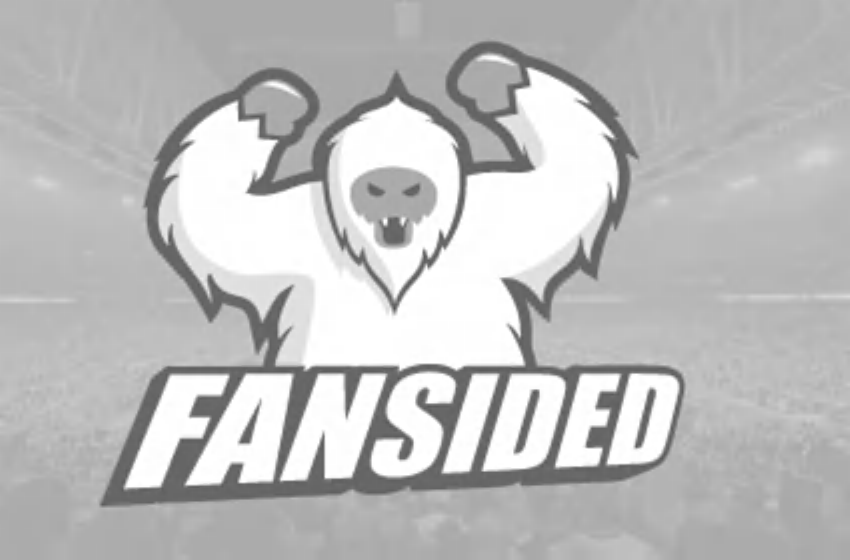Asked and Answered: Sign-and-Trade; What is it, Why do teams do it?
In the NBA, there are two major ways that players can change teams; free agency and trades. Then, there is the sign-and-trade, which is a hybrid of the two.
A sign-and-trade is only allowed in the offseason, and while the logistics seem complicated, it’s actually quite simple. Simply put, a player who wishes to leave his team in free agency can facilitate a sign-and-trade in which the new team, the old team, and the player can all benefit.
First, the player re-signs with his old team, with a stipulation in the contract that the agreement is void if he is not dealt to the team of his choice within 48 hours. The player is then traded to his new team, provided the new team is not $4 million over the tax level (also known as the “apron”), and as long as the new team has not used its Taxpayer Mid-Level Exception.
A few other minor, but important, stipulations should be noted.
The player must have finished the prior season with his team, meaning you can’t sign-and-trade a retired player, or one who finished the prior season on another team. This seems silly and kind of obvious, but it’s exactly what happened when Keith Van Horn facilitated a Jason Kidd trade to Dallas in 2008. Van Horn hadn’t been playing, but because he didn’t officially retire and he helped make the numbers work, he was part of a sign-and-trade. The new CBA corrected this loophole.
Also, once a restricted free agent signs an offer sheet with another team (which is different than agreeing to it during the player movement moratorium), he is no longer eligible for a sign-and-trade. This wrinkle is in place to protect the entire concept of restricted free agency; if you can outbid for the player, you get him. If Eric Bledsoe signs an offer sheet with a team other than the Phoenix Suns, he is no longer eligible for a sign-and-trade.
The sign-and-trade is attractive to a free agent because he can join a team that otherwise would not have the cap space to sign him. Prior to the new CBA, a player could earn more money through a sign-and-trade. By re-signing with Bird rights with his old team and then forcing the trade, the player was able to get the hometown money and find a new location at the same time.
This is no longer an option. The length and annual raises are limited to four years and 4.5%, respectively, just as they are for free agent contracts when a player signs with a new team. The primary motivation for the player is to get to a team with limited cap space.
So, as one of our readers asked, how does this help the teams involved?
@MLExceptional how does a sign&trade work/help a team like the Heat add pieces?
— Jay Hunter (@hammerswingames) July 9, 2014
For a team like the Heat, who will look to add pieces around their potentially returning Big Three, the sign-and-trade rule allows them to exceed the cap in a way that they wouldn’t be able to in outright signing someone.
So, why don’t competitors do this all the time? Seems like a great way to build! Use a bunch of your cap to sign your stars, then pull off some sign-and-trades for complimentary pieces, right?
Well, not quite. Remember, this is still a trade; you have to give up value, and the other party has to accept. General managers always want to get a return whenever they lose a piece, but at the same time, not every team around the league is going to facilitate sign-and-trades to help you build a super team. For a lot of executives, a marginal asset is not worth drastically improving a team that you’re going to compete against.
It’s also important to consider what kind of teams are interested in sign-and-trades.
Let’s think about a team like the Miami Heat, who have dedicated much of their payroll to three players. Rosters like this are typically top heavy, and often don’t have a whole lot of value to offer in a sign-and-trade outside of their stars. Or, let’s think about a team that is interested in trading for Kevin Love. They will likely have to dish out plenty of young players and picks to acquire him in a trade; then, when it comes to adding pieces around Love, what will they have left to offer in a sign-and-trade?
Now, let’s also consider what a star in free agency thinks about when a sign-and-trade is brought up. By facilitating this, he’s making his team worse, because they are giving up a player or draft pick of value in order to bring him to town. If there’s any way to make it work under the cap, it should be done, as you don’t want your new team to be a bit weaker by the time you get there.
There’s also this to consider from the team perspective: the sign-and-trade is one of a few different mechanisms that hard-caps the team at the “apron” for the entirety of the league year. That limits the amount the team can spend on the rest of its roster.
It’s largely a salary cap and technical maneuver, but a sign-and-trade can be useful in the right situation. There’s a fine line between trying to get value and facilitating moves to strengthen your competition, and that line is different for each general manager around the league.


